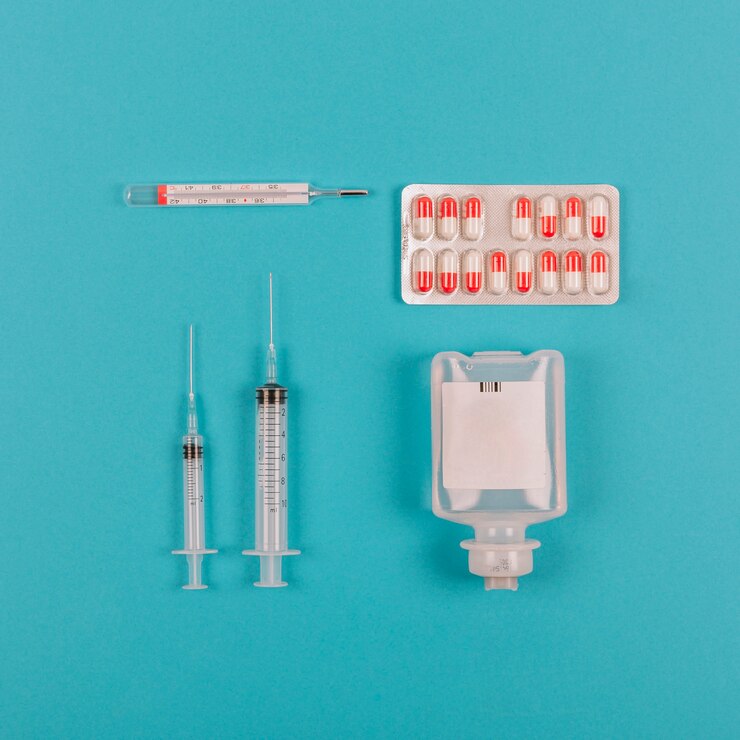
-
-
April 2024
-
Pages: 285
-
Price: 3200.00 Onwards
-
Formats:
-
Category: Pharmaceutical
Home » Reports
MarketResearch.biz (Powered by Prudour Pvt. Ltd.) delivers customized research solutions by actuating its broad spectrum of research methodologies, databases, and resources, and this is further strengthened by our global experience in syndicated and customized industry projects.
Our tailor-made research services include quick market scans, country reports, in-depth market analysis, competition monitoring, consumer research and satisfaction studies, supplier research, growth planning, and quite a lot more.
